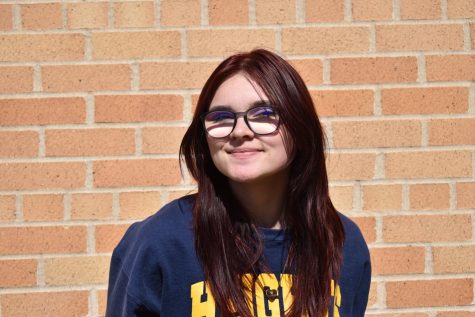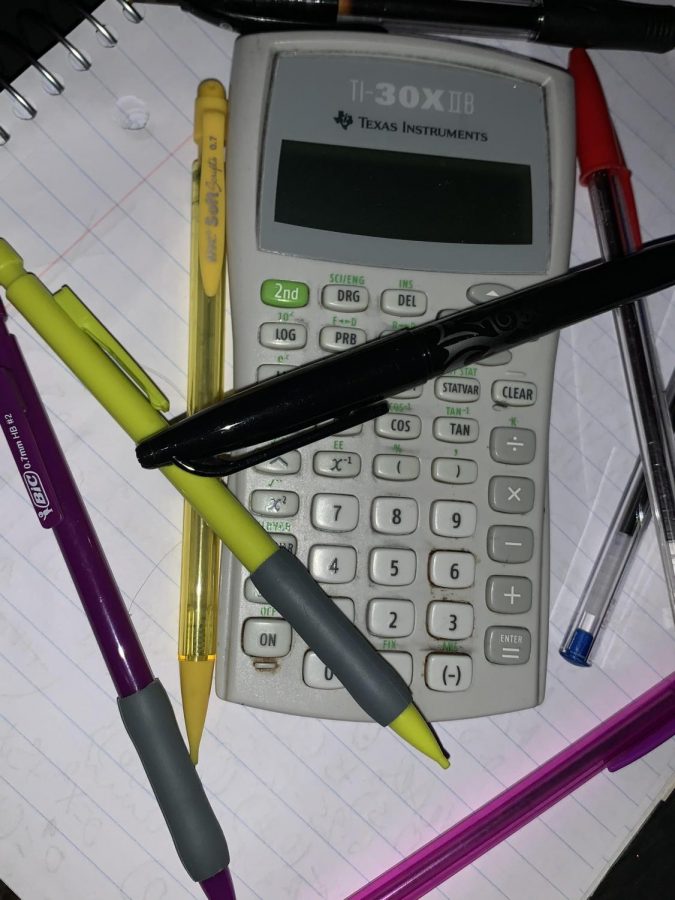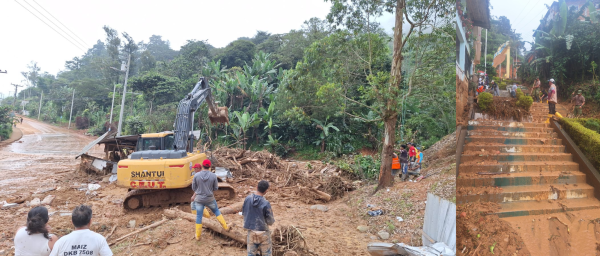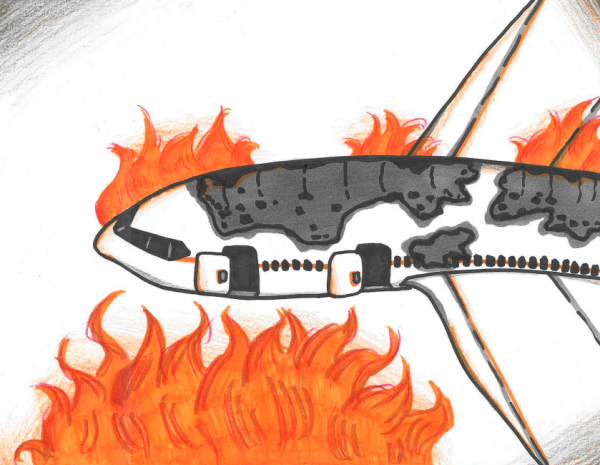New CDC guidelines complicate, clarify back-to-school plans
Students going back will now have to gear up their calculators, pencils and notebooks for the first time in nearly a year.
Many Minnesota high school students are starting to wake up early and pack their bags to go to school, not their bedroom, and start learning in-person.
On February 12, the Center of Disease Control (CDC) came out with guidelines to bring schools back to in-person learning. The agency said that schools of all ages should begin to try and go back to at least some in person learning depending on COVID-19 infection rates per district and a number of safety protocols within buildings and communities. The CDC made a color-coded system ranking school districts and their infection rates. Then, they recommended actions for the school district to take based on the number of COVID-19 cases. For example, the orange zone, with 50-99 out of 100,000 new cases, should consider partially reopening the schools. The CDC has also brought guidelines like social distancing, mask wearing, sanitizing classrooms and more.
On February 17, Minnesota Governor Tim Waltz announced that more middle and high schools can start in person or hybrid learning models as soon as yesterday, February 22. Walz specified further in his press conference that he would like all schools to offer some in-person learning by March 8. Many elementary Schools have already gone back to in-person learning in multiple districts statewide without much rise in COVID-19 cases. Middle and high schools are very different from elementary schools though, as students at the secondary level travel around the school and shuffle classes, not to mention the number of older high schoolers that hold part-time service jobs both in and outside of the community, and officials can’t necessarily know or accurately predict what will happen.
“I would love to go back to school this year, but I want to make sure that I, my peers and teachers are all safe while doing so,” Ifrah Aden (12) said.
Columbia Heights Public Schools (CHPS) decided at the beginning of third quarter in January to stay online until fourth quarter, starting on April 12. Although COVID-19 cases are dropping in Minnesota overall, Columbia Heights’ cases are still rising, and yet, the CHPS school board is voting tonight on whether or not to return secondary students to full-hybrid learning as soon as March 15. Some students at Columbia Heights High School, however, are hoping to go to in-person classes, especially seniors.
As proposed by Superintendent Stenvik, students at both CHHS and Columbia Academy would attend school in-person once a week and over Zoom the other days. Teachers, however, would attend school every day to teach in-person (as well as over Zoom simultaneously, including those that choose to continue in distance learning) to a daily rotation of students.
“Hybrid learning means students will need to be responsible for bringing projects back and forth from home,” CHHS art teacher Ms. Hannah Starke said. “We will also need students to use all of their own materials while at school. There will certainly be a lot of management requirements due to the transitions.”
One big protection that is wanted by teachers across the country is vaccinations. As of February 17, vaccines have been given to nearly 25% of teachers in the entire state. Although that is a decent number for the moment, many districts don’t have enough vaccines for their faculty, and they are trying to prioritize vaccines to those who are at the highest risk. There are still many faculty members, including cafeteria workers and paraprofessionals, who will not be vaccinated for a while. Vaccines for students under 16 are still getting tested as well, meaning all students in tenth grade and under cannot get vaccinated. If students are at high risk, they will not be able to get the benefit of going to school in-person.
This fall, there were many schools who went back to school in the hybrid learning module. Schools like Spring Lake Park High School, St. Anthony High School, Fridley High School and Mounds View High School in Arden Hills went back. Unfortunately, cases in Minnesota began to spike and the vast majority of students at all these schools had to go back to their homes and restart distance learning. CHPS stayed in a modified hybrid learning model during this time, wherein anywhere between 5 and 70 students in a single building were welcomed to get in-person support.
The COVID slogan of “we are living in unprecedented times” will hopefully end soon when all students know that they can attend school in-person safely, but whether that time is right now is still up for debate.

Greta Wilson is a senior at CHHS. This is her third year on staff with The Heights Herald, this time as the Co-Editor-in-Chief after being the Sports Editor...

Rae Lawrence is a senior this year at Columbia Heights High School. This is her third year on The Heights Herald, this time serving as Co-Editor-in-Chief...







